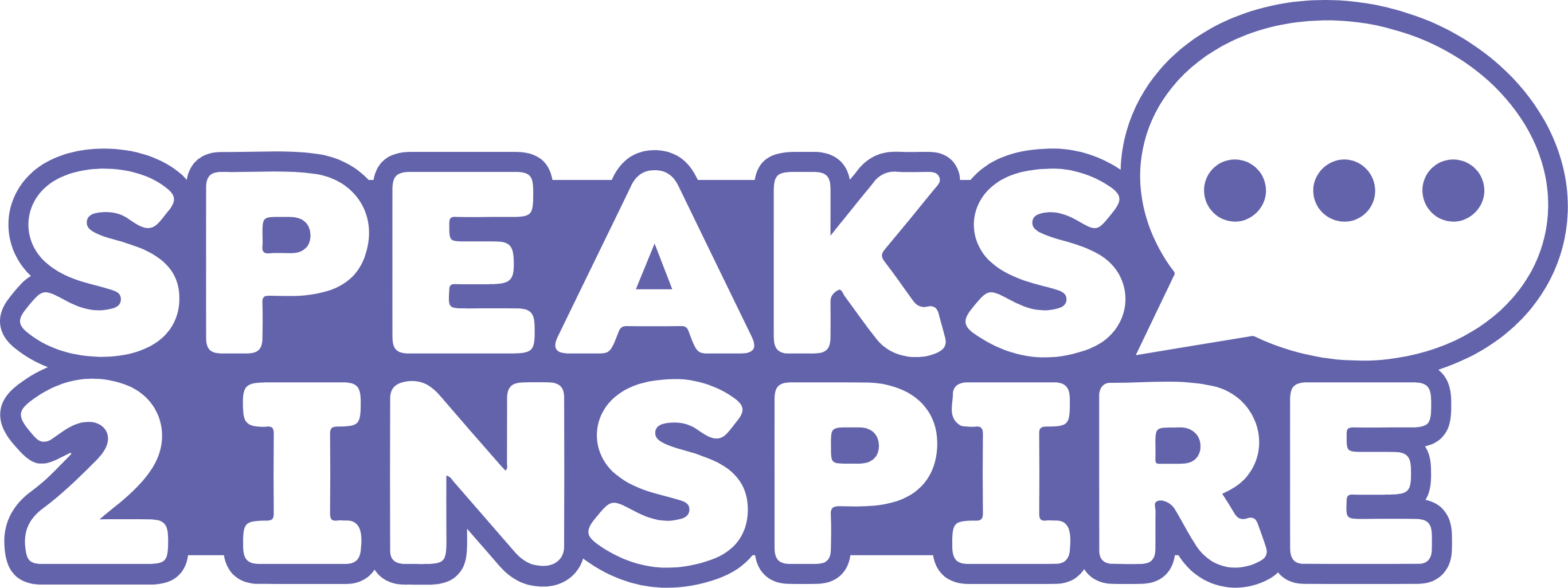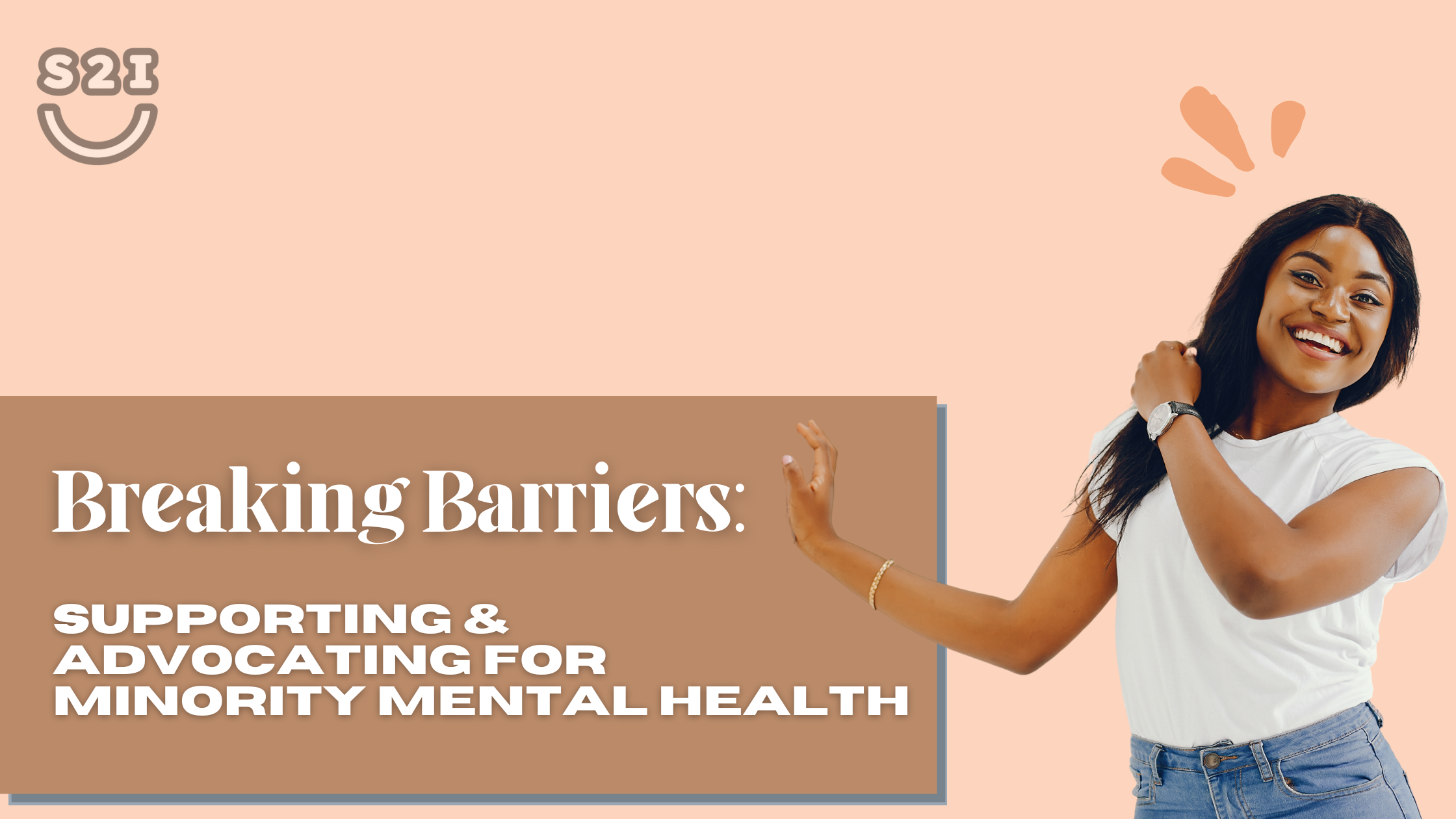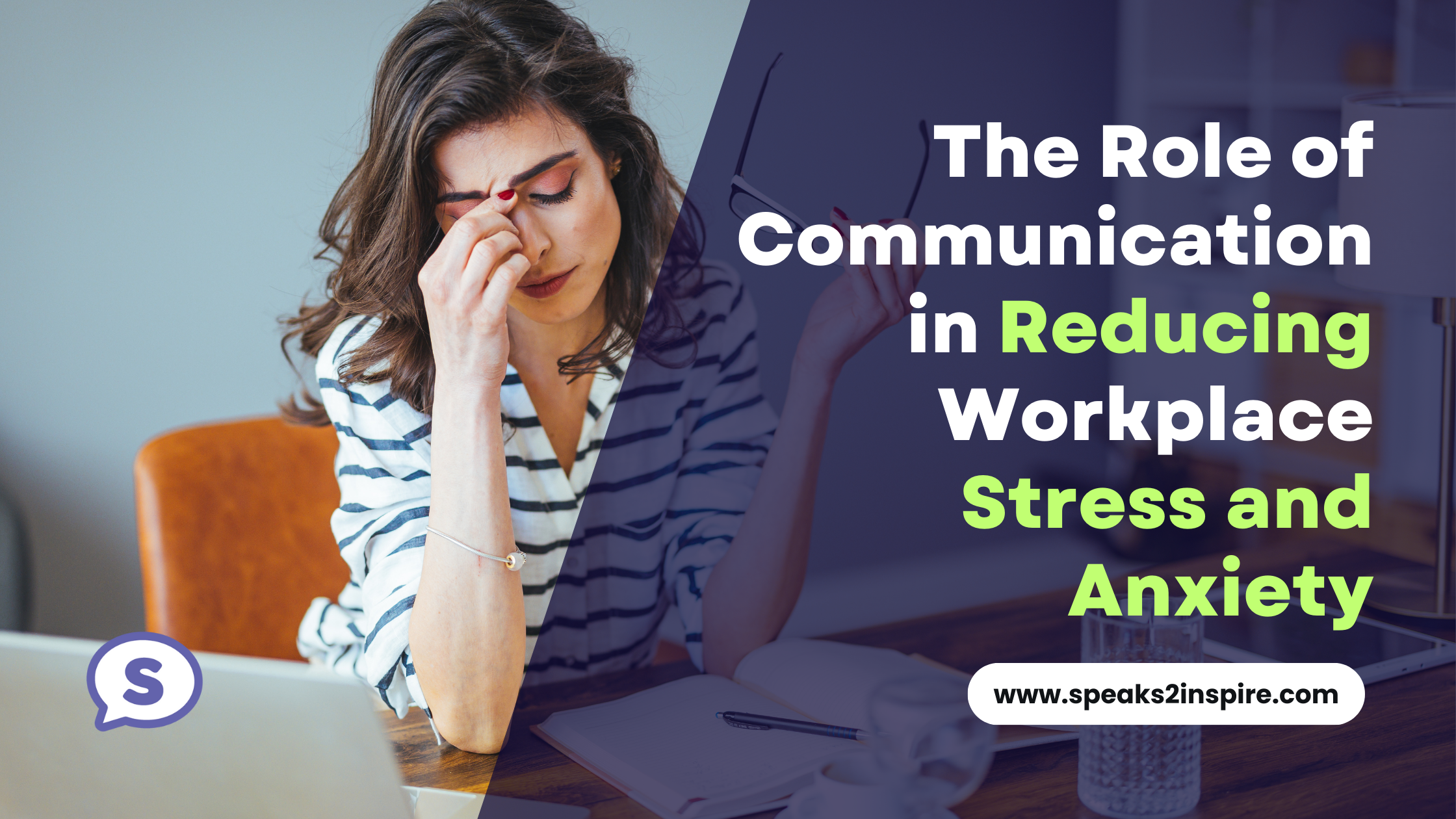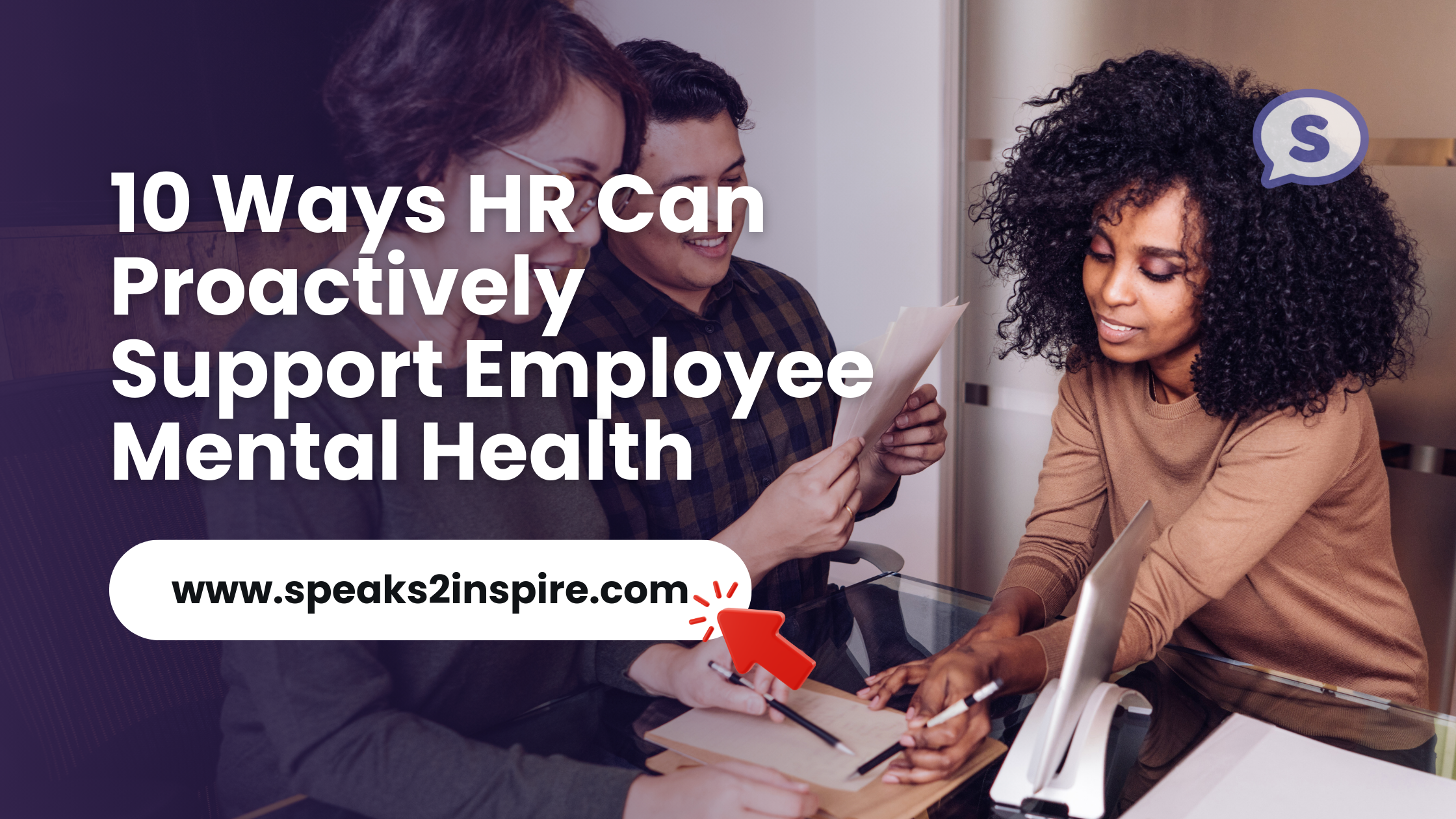This blog was written by Fani Sculley, Speaks 2 Inspire:
Historically, minority groups have experienced inequality, social and cultural discrimination, and limited access to resources that would help their communities thrive. Today, however, we are grateful for the steps our society has taken to support minority groups and protect their fundamental human rights. But is this all we can do?
Unfortunately, minority groups in the U.S. still experience systemic racism, discrimination, income inequality, limited access to mental health treatment, poverty, cultural stigma, violence, homelessness, and lack of affordable health resources at disproportionately higher rates (in comparison to their Caucasian fellow citizens). All of these barriers—and more—prevent minority groups from achieving mental, emotional, and physical well-being.
How did we get here?
Over the last 30 years, the U.S. population has shifted from a predominantly white, Western society to a growing racially and ethnically diverse culture. And in the 1990s, the term “minority” was officially used to refer to four major racial and ethnic groups: African Americans, American Indians and Alaska Natives, Asians and Pacific Islanders, and Hispanics (PRB, 2022). However, the overwhelming growth of minority groups in the U.S. did not simultaneously grant access to equal economic, cultural, educational, and medical resources.
These disparities in resources, combined with systemic racism, income inequality, racial and ethnic discrimination, and lack of education, significantly affect the mental health of these communities. This is especially true for today’s generation of BIPOC, AAPI, Latinx, LGBTQ+, and disabled young adults.
Even before COVID-19, suicide was already documented as the second leading cause of death among teens and young adults (NAMI, 2022). And the ever-widening disparities in access and support for our youth have led to our current mental health crisis.
What does this crisis look like in minority groups?
– Suicide is the second leading cause of death in African American children aged 10–14 and the third leading cause of death in African American adolescents aged 15–19 (NIH, 2020).
– Major depressive episodes increased from 12.6% to 15.1% in Latinx/Hispanic youth ages 12–17 and 8% to 12% in young adults 18–25 (MHA, 2021).
– In 2022, 45% of LGBTQ youth seriously considered attempting suicide in the past year, and 60% of those who wanted care didn’t receive it (The Trevor Project, 2022 National Survey on LGBTQ Youth Mental Health).
– Youth with disabilities are five times more likely to suffer from mental health disorders than adolescents without disabilities (University of Illinois Chicago, 2020).
– 18.7% of American Indian/Alaska Native adults experience mental illness and have two times higher rates of suicide than white adolescents.
Breaking the barriers
Despite the overwhelming need for youth mental health resources and treatment, very few access it. Unfortunately, youth in these communities must overcome one or a combination of the following barriers before getting help:
– Stigma and shame
– Insufficient funds or no access to insurance
– Immigration status
– Lack of culturally appropriate care
– Provider bias and inequality of care
– Language and communication barriers
– Geographical limitations (rural and isolated communities/tribes)
We have the power to eliminate all of these barriers through comprehensive mental health programs that combine evidence-based practices, lived experiences, peer-to-peer support, and culturally responsive strategies.
Together, we can.
Innovative and long-lasting solutions begin with the simple yet impactful actions we take to support these communities. We have the opportunity (and responsibility!) to advocate for the mental health and well-being of young adults across the U.S.
We want you to be part of our movement to eradicate stigma and support the mental health and well-being of young adults. Your support matters, so please consider engaging in any of the following:
– Create safe spaces for conversations about mental health
– Advocate for mental health days at your school
– Volunteer at or donate to non-profits that are invested in the same mission
– Be compassionate and kind to others when they share their struggles
– Advocate for laws that support equality and access to mental health resources
– Educate yourself and those you serve about the challenges minority groups face
– Host a mental health workshop or program at your organization, church, school, or college
– Advocate for culturally appropriate staff and provider training
At every level of impact, our contributions ensure that young adults of this and future generations thrive.
Connect with the writer, Fani, on LinkedIn.
Contact us to learn more about our programs for colleges and universities. Find out how you can bring an S2I Speaker to your organization!
Join our newsletter for more content, event notifications, and S2I updates.
Resources:
Please note: The resources included below are not endorsed by S2I, and S2I is not responsible for the content or service provided by any of these resources.
- American Association of People with Disabilities (AAPD)
- Financial Assistance and Support Services for People with Disabilities
- The ARC: promotes human rights for people with intellectual disabilities and provides resources and support for families.
- The LGBT National Help Center: Offers confidential peer support connections for LGBT youth, adults, and seniors, including phone, text, and online chat.
- The Trevor Project: A support network for LGBTQ youth providing crisis intervention and suicide prevention, including a 24-hour text line (text “START” to 678678).
- Trans Lifeline
- Indian Country Child Trauma Center (ICCTC) (405-271-8858)
- One Sky Center (503-970-7895): One Sky Center provides resources and a “Find a Therapist” locator for treating mental health and substance use disorders within Native American communities.
- StrongHearts Native HelpLine (844-762-8483)
- NAMI’s Compartiendo Esperanza
- Therapy for Latinx: A database of therapists who either identify as Latinx or have worked closely with and understand the unique needs of the Latinx community. The website is also offered in Spanish.
- Black Emotional and Mental Health Collective (BEAM)
- Black Men Heal: Limited and selective free mental health service opportunities for Black men.
- Black Mental Health Alliance (410) 338-2642 – Provides information, resources, and a “Find a Therapist” locator to connect with a culturally competent mental health professional.
- Boris Lawrence Henson Foundation: Limited access to free mental health resources.
- Check out more BIPOC resources here.
Was this post valuable? Share it on your social media platform!




